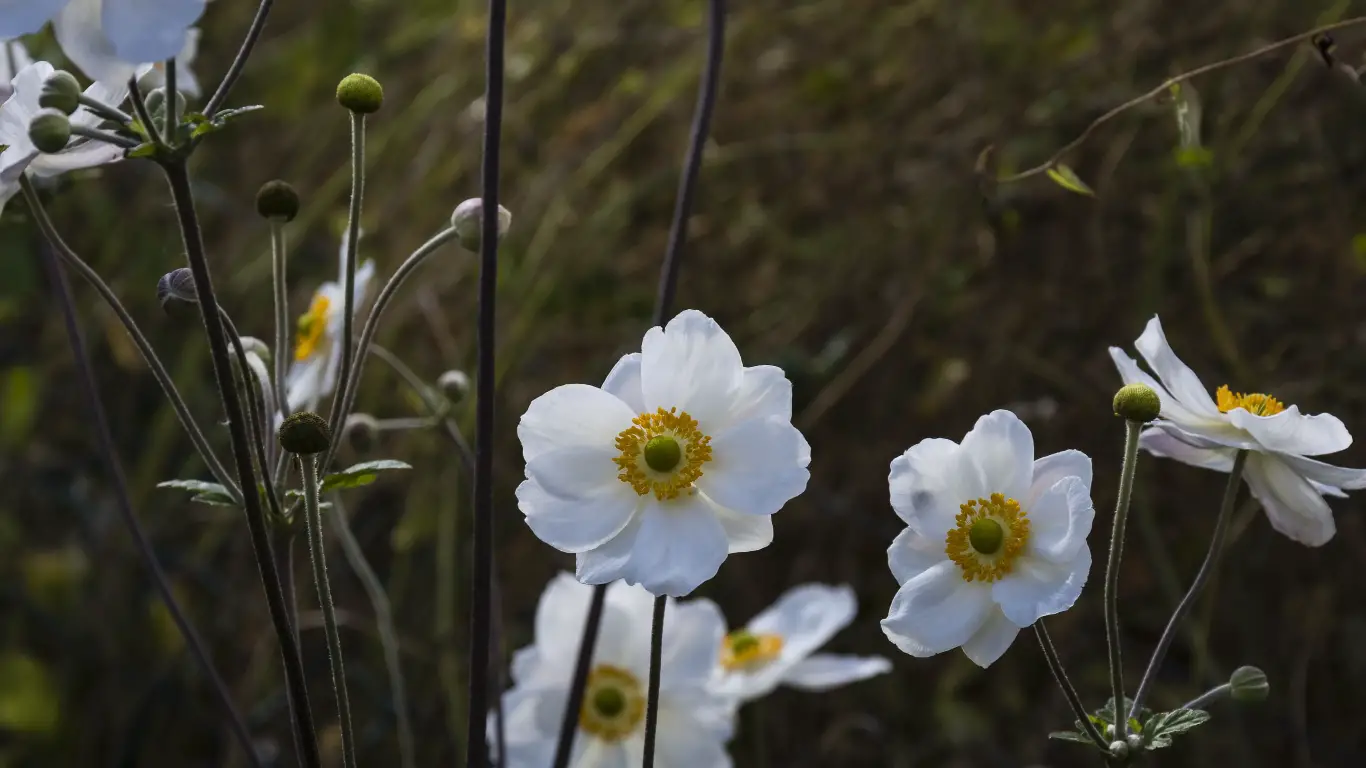Last Updated on April 16, 2024 by Real Men Sow
 In late summer and early fall, Japanese anemones put up a spectacular show. Over attractive foliage, open blooms in a pale pink and white float on tall stems.
In late summer and early fall, Japanese anemones put up a spectacular show. Over attractive foliage, open blooms in a pale pink and white float on tall stems.
This beautiful flower is a great choice for planting in wooded areas or under trees. They are tolerant of dry soil and thrive in shade and can be grown in pots.
How to Grow Japanese Anemones
Japanese anemones can be grown in well-drained, moist soil in light shade. After flowering, remove spent blooms and clean up any dead leaves. Mulch with compost or well-rotted manure every year. Divide or take root cuttings to propagate.
When to Plant Japanese Anemones
Plant in moist, well-drained soil under light shade for best results. Japanese anemones can grow in all soil types but will struggle to survive in very wet winters. When you are planting this flower, add some well-rotted manure and leaf mould to a large hole. Apply a thick mulch and water in.
Taking Care of Japanese Anemones
After flowering, cut back and tidy up any dead stalks and leaves in March. Mulch every year in spring and autumn. Japanese anemone tend to spread so it is important to divide larger clumps every few years to keep them in check. This can be done in spring or autumn. Although plants may sulk when they are moved, they should settle down and re-establish their roots.
How to Propagate Anemones?
Divide clumps in autumn or early spring. You can also take root cuttings when you divide plants in autumn.

